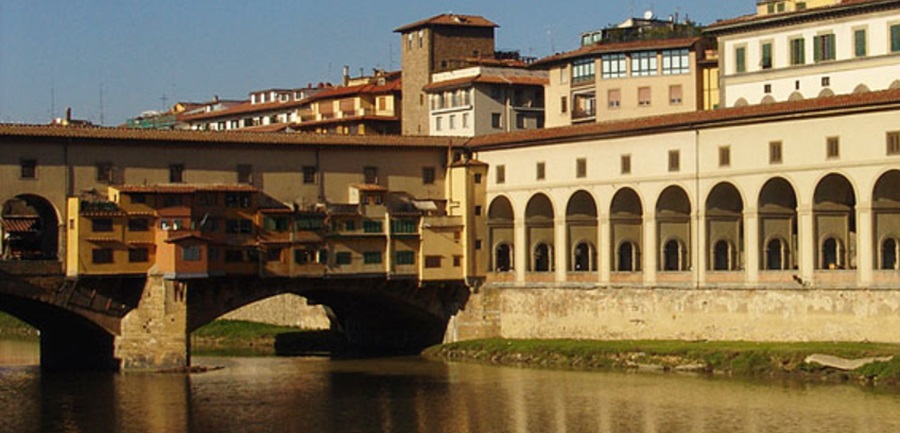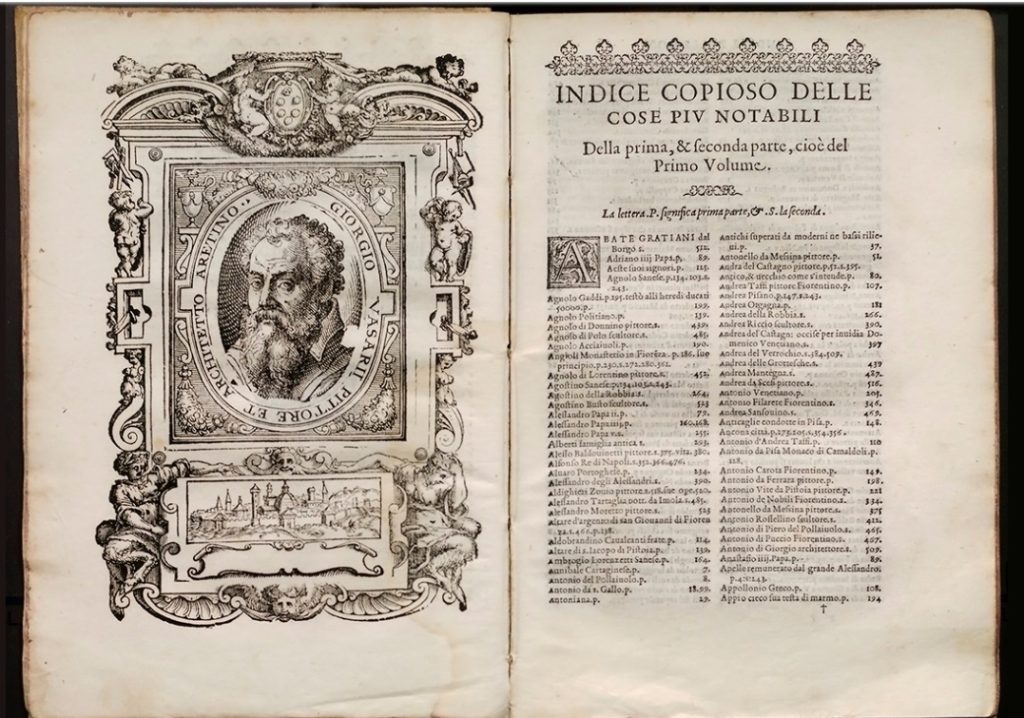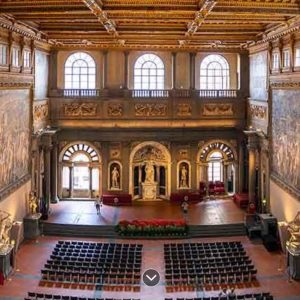Giorgio Vasari, an Italian painter, architect, and writer, died on 27th June 1574. He is celebrated not just for his artistic contributions but for his monumental role in documenting the Renaissance.
Born on 30th July 1511, in Arezzo, Tuscany, Vasari’s early years were steeped in art and learning. His talents were recognised at a young age, and he was sent to Florence to study under Andrea del Sarto.
This experience exposed him to the works of Michelangelo and other great masters, profoundly influencing his artistic development. Vasari’s education was not limited to painting; he also studied literature, which later enabled him to become one of the most significant chroniclers of the Renaissance period.
Artistic Career
Vasari’s work as an artist was diverse, spanning painting, architecture, and fresco work. His paintings, known for their detailed composition and vibrant use of color, often depicted religious themes. Some of his notable works include the frescoes in the Palazzo della Cancelleria in Rome and the decoration of the Sala dei Cento Giorni.
In Santa Croce church in Bosco Marengo, Piedmont, he was responsible for the painting of The Adoration of the Magi. Commissioned in 1566-7 for the newly elected Pope Pius V, it was destined for the pope’s burial chapel.
As an architect, Vasari’s most significant contribution was with the Uffizi Gallery in Florence. Commissioned by Cosimo I de’ Medici, Vasari designed the loggia of the Palazzo degli Uffizi and the Vasari Corridor, which connects the Uffizi with the Medici residence at the Palazzo Pitti on the other side of the Arno river. He also renovated the medieval Florentine churches of Santa Maria Novella and Santa Croce.

Literary Contributions
While Vasari’s artistic and architectural achievements are notable, his most enduring legacy is his book “Le Vite de’ più eccellenti pittori, scultori, e architettori” (The Lives of the Most Excellent Painters, Sculptors, and Architects). First published in 1550 and later expanded in 1568, it is considered the foundation of art historical writing.
“The Lives,” as it is commonly known, is a collection of biographies of Renaissance artists, providing insights into their lives, works, and the cultural context of the period. Vasari’s narrative style is engaging, blending factual reporting with anecdotal storytelling.

The significance of “The Lives” lies in its comprehensive scope and detailed accounts of numerous artists, from Giotto and Cimabue to Michelangelo and Raphael. Vasari organised the book chronologically, presenting the evolution of art from the early Renaissance to his contemporary period. This structure allowed readers to appreciate the progression and refinement of artistic techniques over time.
‘The Lives’ was pioneering as it went beyond mere biographical sketches. Vasari offered critical evaluations of the artists’ works, discussing their stylistic innovations and contributions. His admiration for certain artists, particularly Michelangelo, is evident, and his biases have been noted by later scholars. Nonetheless, his keen observations and articulate descriptions have provided a valuable framework for understanding Renaissance art.
“The Lives” also included practical advice for artists, reflecting Vasari’s deep engagement with the craft of art. He discussed techniques, materials, and the importance of studying classical antiquity, emphasising the blend of technical skill and intellectual study that defined Renaissance artistry.
Despite some historical inaccuracies and a tendency to favour certain artists, “The Lives” remains a seminal text in art history. Vasari’s method of combining biography with critical analysis has been emulated by countless art historians. His work continues to be a vital reference for anyone studying the Renaissance.
Vasari’s Impact and Legacy
Vasari’s contribution to the documentation and analysis of Renaissance art cannot be overstated. His work has been a crucial source of information for scholars and art lovers alike.
In addition to his literary contributions, Vasari’s artistic and architectural works continue to be celebrated. His ability to blend his skills as an artist with his passion for writing has provided a comprehensive understanding of the Renaissance era, bridging the gap between art creation and art history.






